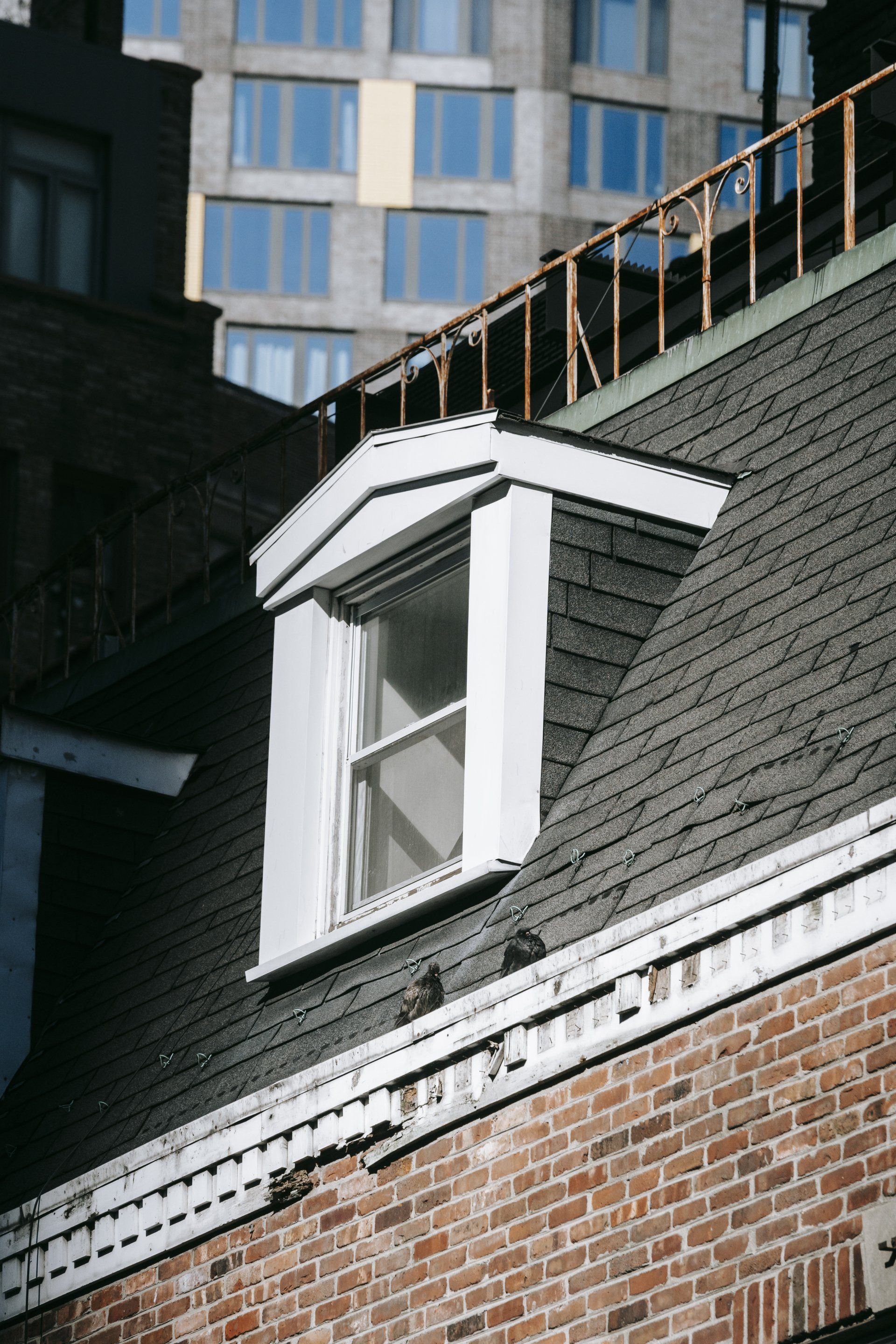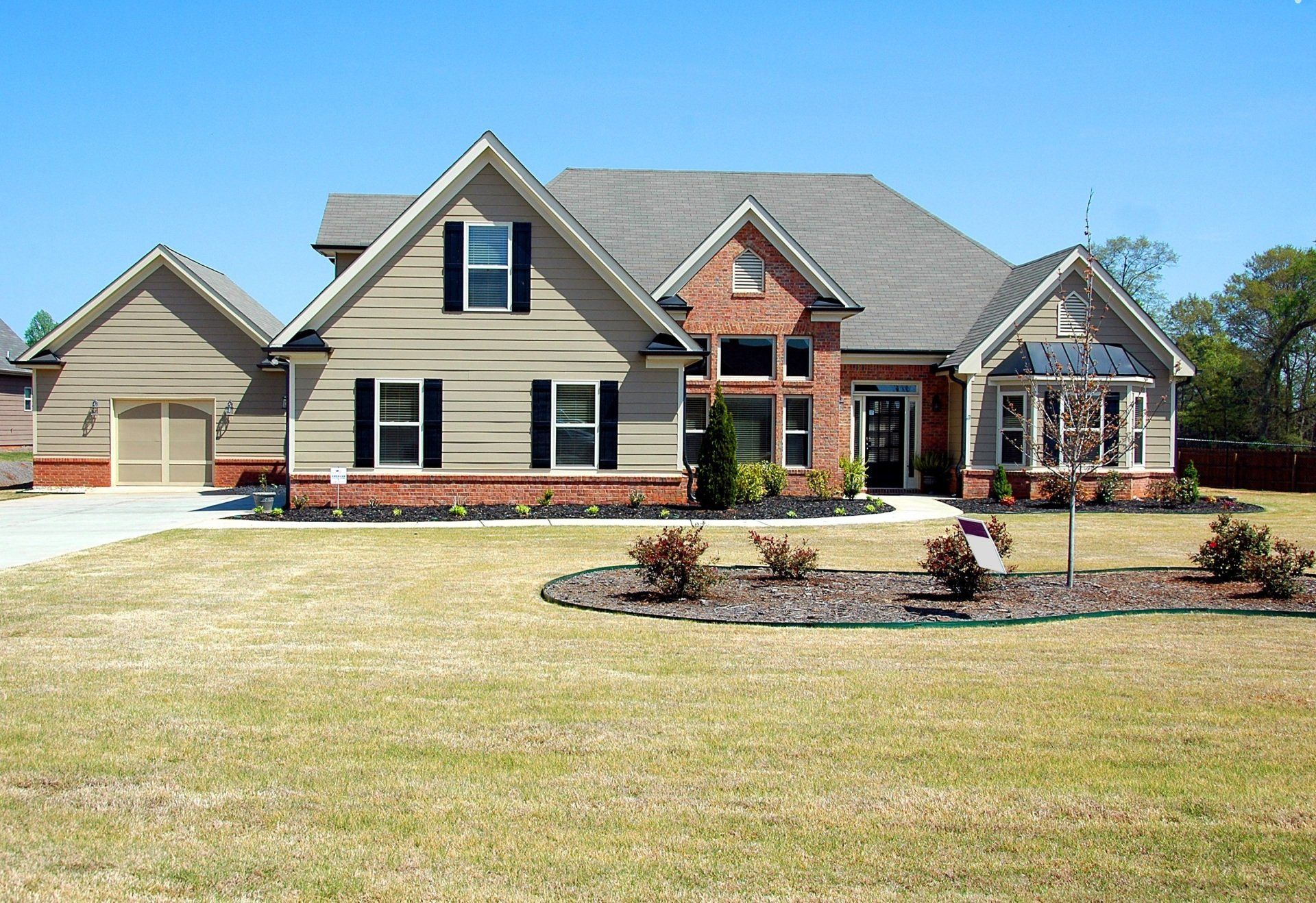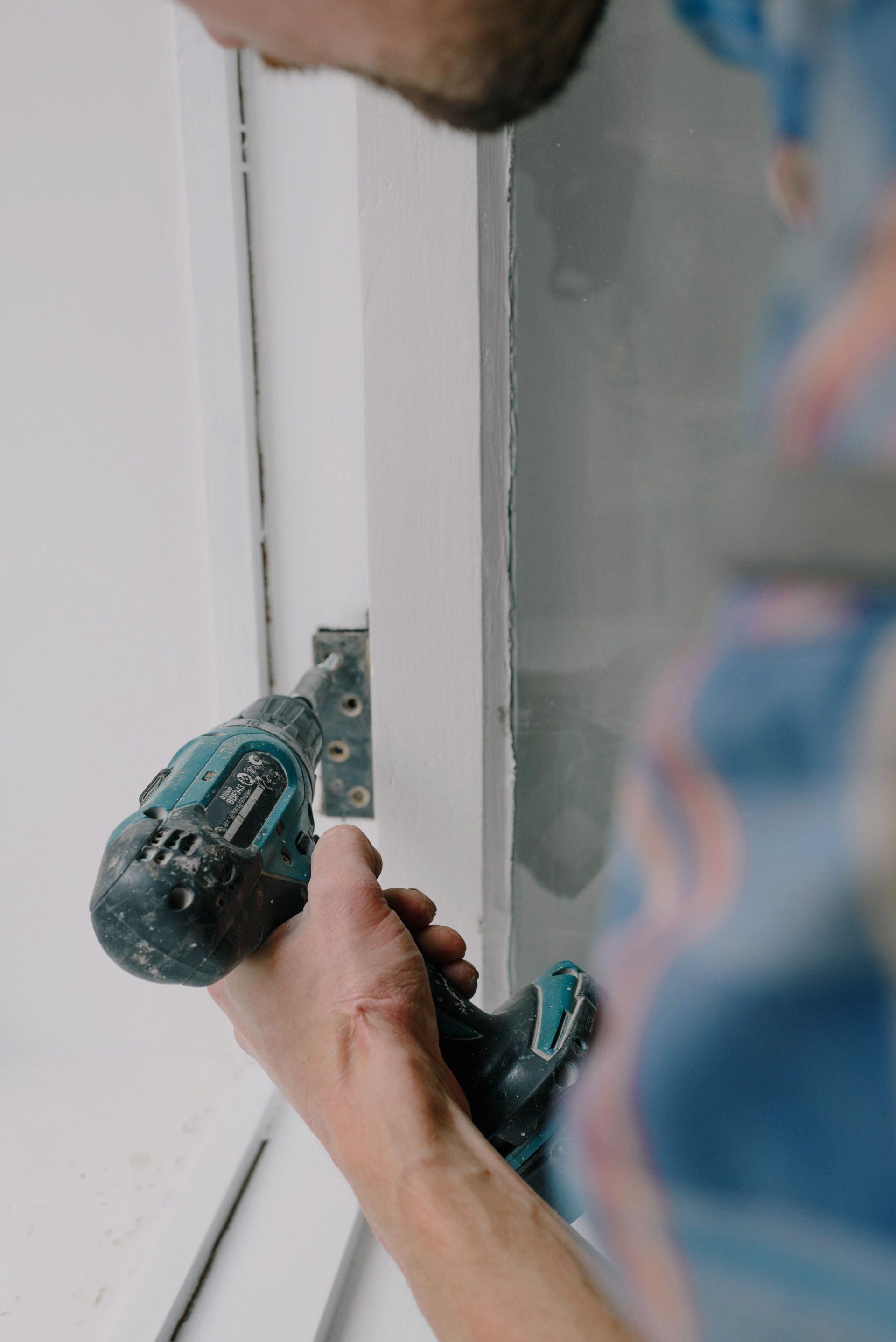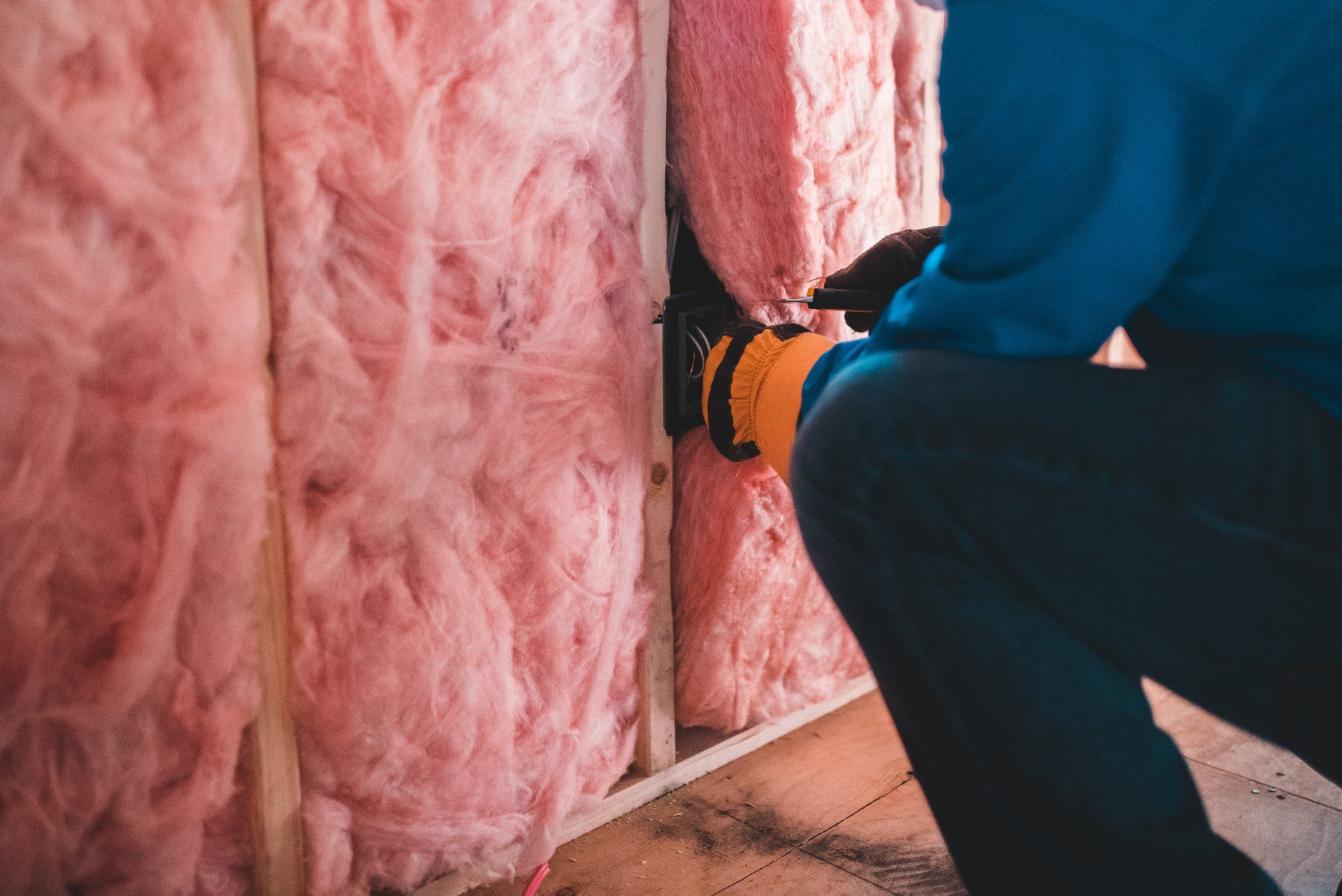Is it possible to have wooden floors underfloor heated?
Is it possible to have wooden floors underfloor heated?
Is it possible to have wooden floors underfloor heated?
Good conductivity is essential for a cost-effective and efficient underfloor heating system. It means that heat from below can easily flow through the floor to warm the space. To maintain the same room temperature, heat will not be able to pass through a very thick carpet.
What is the best type of flooring for underfloor heating?
Stone or tile floors are ideal as they have high thermal conductivity. These floors retain heat very well so that even when heating is turned off, the floor will continue emitting heat. For rooms with a lot of glazing, where heat loss is a concern (conservatories), we recommend that you lay tiles or stone flooring.
Can I have underfloor heating and wooden floors?
The short answer is yes! You should consider certain factors when choosing a wooden floor for installation over an underfloor heating unit.
Wood floors and underfloor heating
As solid wood floors can be conductive of underfloor heating, they are not recommended. To get the same effect with tile or stone floors, heating will need to be turned on for longer periods of time at a warmer temperature. Underfloor heating should not exceed 27°C. Solid wood must be above it.
Heat changes cause wood to dry out faster, leading to flexing and turning of the wood.
Engineered wood floors with underfloor heating
Choose engineered wood floors if you prefer wooden flooring to underfloor heating. This flooring will respond better to temperature changes because it has been specifically treated and made to do so. Engineered hardwood flooring is thick enough to make a beautiful, luxurious floor. However, it's thin enough so that heat can flow from the floor upwards easily.
Consider using underfloor heating when choosing wood flooring.



Let’s talk about your project
Fill in the form or call to set up a meeting at (306) 518-8384.
Saskatoon Insulation Quote
We will get back to you as soon as possible
Please try again later

Saskatoon Insulation Pros
110 Banyan Crescent, Unit# 22 A, Saskatoon, SK S7V 1G7
Follow Us
Disclaimer - This is a referral site. All work is performed by a licensed partner company.






